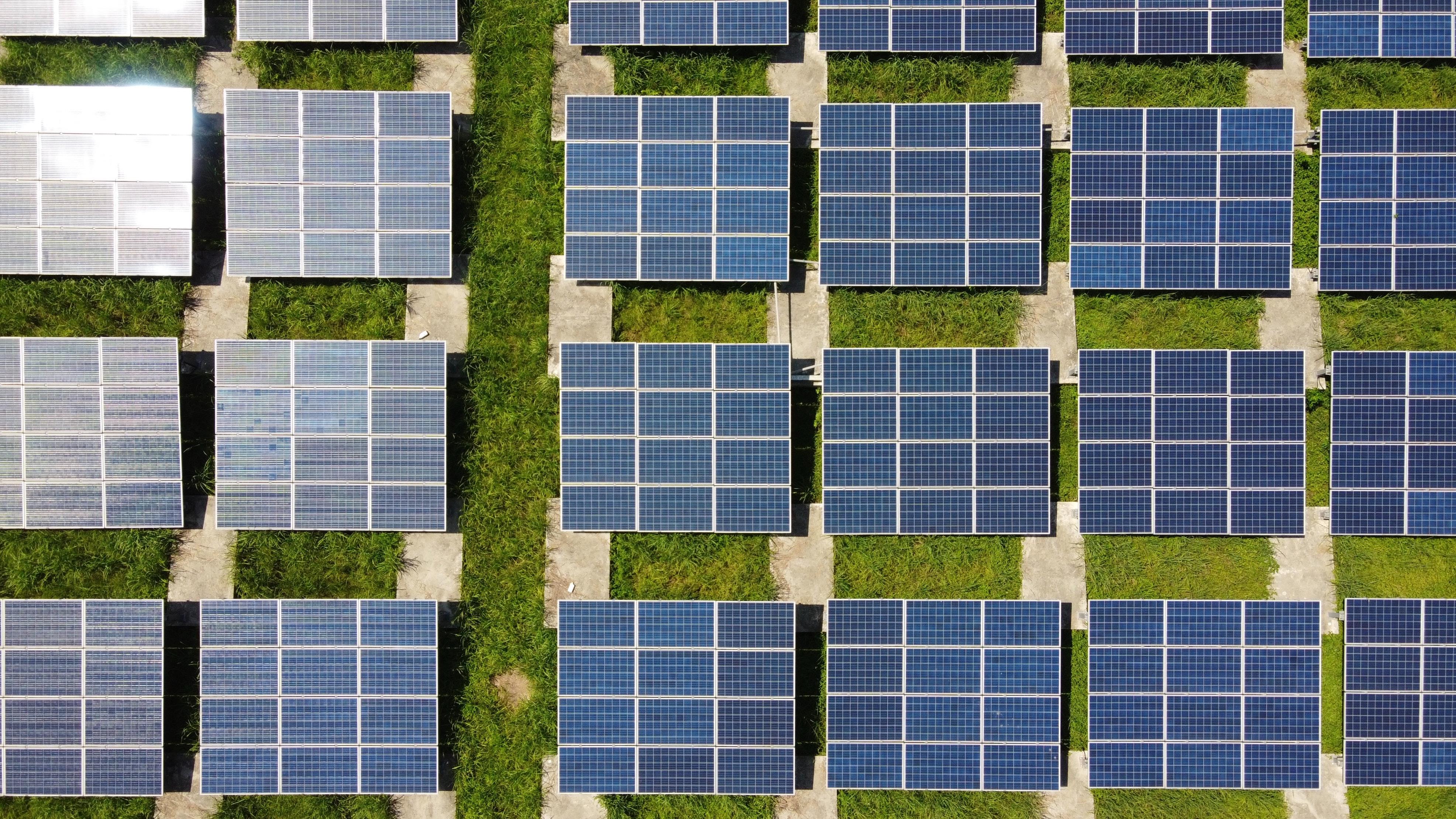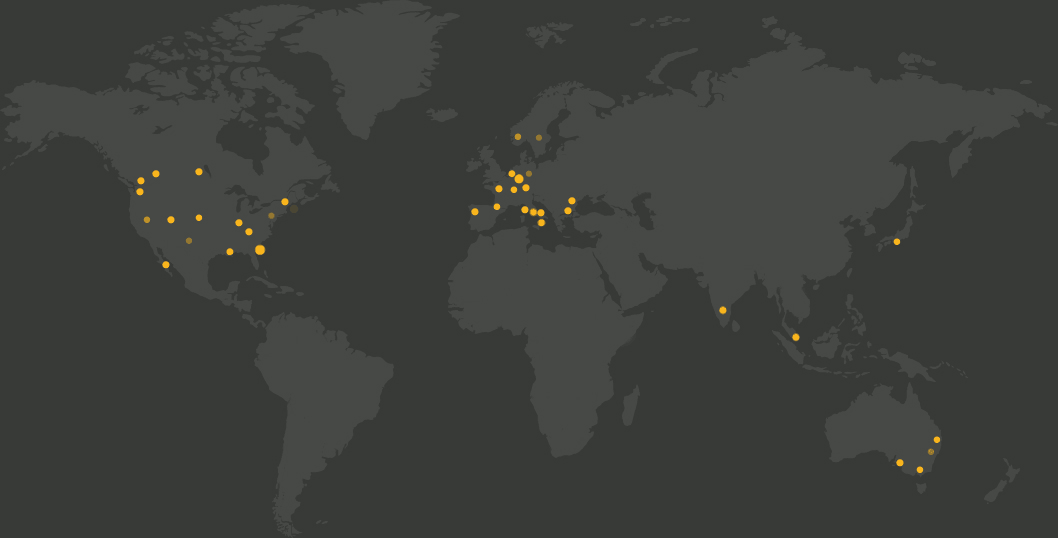Using smart tech to fight climate change
Posted 07 December 2021One of the significant developments at COP26 has been the launch of the Breakthrough Agenda, an international commitment to accelerate the development of clean, affordable technology based on the belief that many of the technological tools needed to reach the proposed COP targets already exist, but that there needs to be progress in putting the pieces together for them to be effectively deployed. So far, 40 governments have endorsed the agenda including the USA, the EU, China and India with the additional support of a range of corporations, financial institutions and NGOs, designed to strengthen the links between public and private sectors.

The Breakthrough Agenda is structured around five global goals, the Glasgow Breakthroughs. The first on the list is Power. This concerns the generation of renewable energy and the implementation of smart technology to significantly decarbonize this sector. A number of initiatives are highlighted that support progress towards this goal by closing the gap between the invention and the implementation of smart low-carbon energy technology.
Many of these technologies have artificial intelligence at their center. The term ‘smart grid’ can encompass any method of supplying electricity that uses data technologies to improve reliability, security and sustainability. But AI is increasingly becoming the key factor, aiding the prediction of energy demand and supply through analyzing a wide range of data sources and using it to foresee and manage fluctuations.
This improved analytical ability makes localized networks, or microgrids, more feasible and offers microgrid users – anything from university campuses, to industrial sites, to entire neighborhoods – the opportunity to employ more low-emission electricity sources and reduce energy wastage.
AI also has great potential for generation side as well as distribution. It can bring operational improvements to the generation of energy from both renewable and traditional sources, doing everything from improving combustion efficiency to using weather modeling to optimize the settings on solar panels and wind turbines.
Research has indicated that implementation of AI and other smart technology in the energy sector would likely deliver both economic and environment benefits. This makes the approach outlined at COP26 – bringing together public and private sectors, NGOs, and academia in order to break through the institutional barriers that impede deployment – eminently sensible.
Nevertheless, there should be an awareness that AI or any other type of technology is not a silver bullet. Powerful computing has high energy demands and can thus contribute to increased emissions – that’s just a single example of how the complexity and interconnectedness of the energy sector is difficult to unravel.
COP26 appears to accept that the climate crisis demands contributions from all sorts of industries, institutions, and technologies. Smart technology clearly has a role, and the world is still in the process of exploring its possibilities and setting the right task.
Discover more Modis Insights from COP26 together with the Adecco Group https://www.adeccogroup.com/future-of-work/latest-insights/the-world-of-work-in-the-green-transition/
